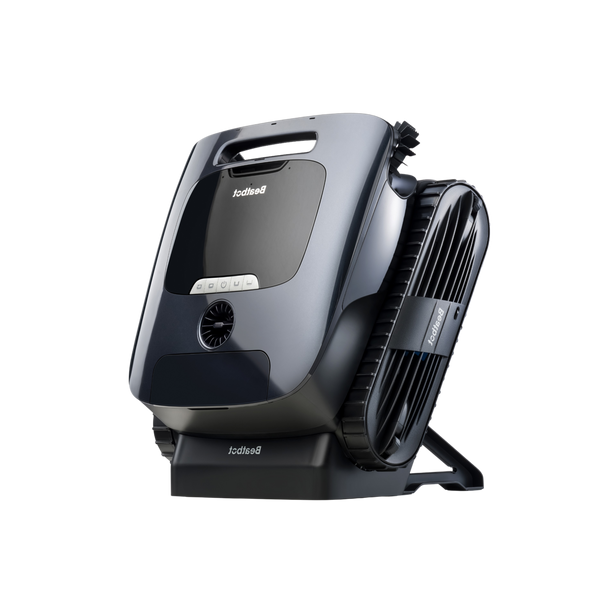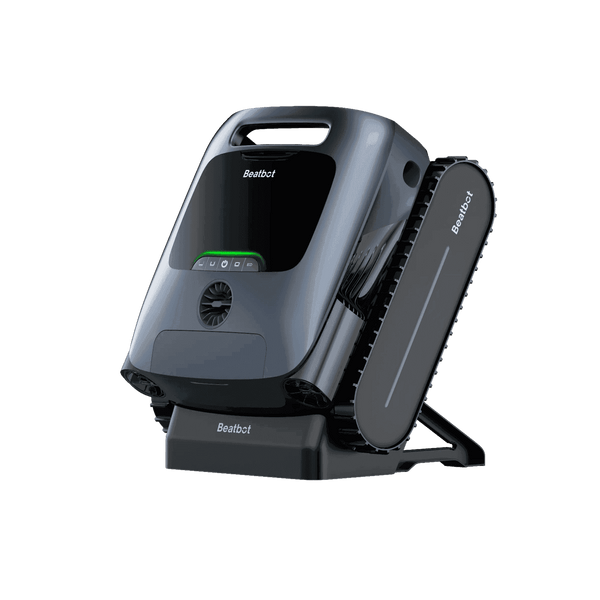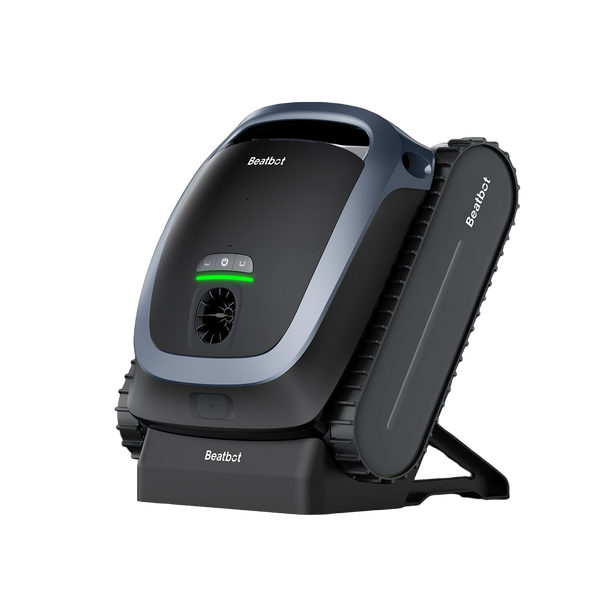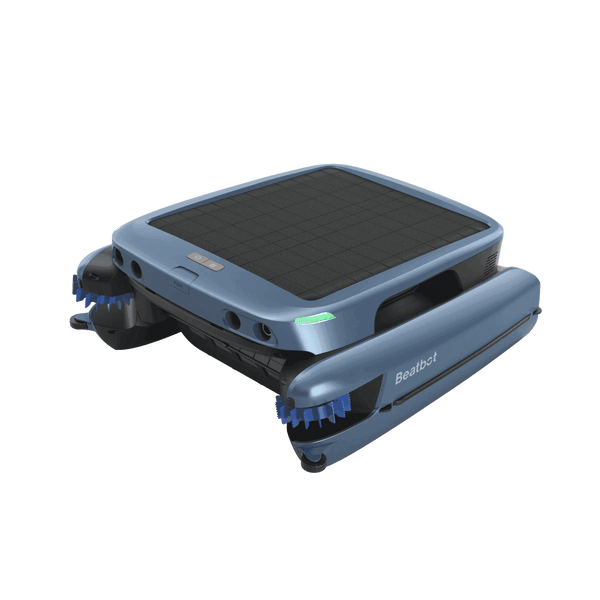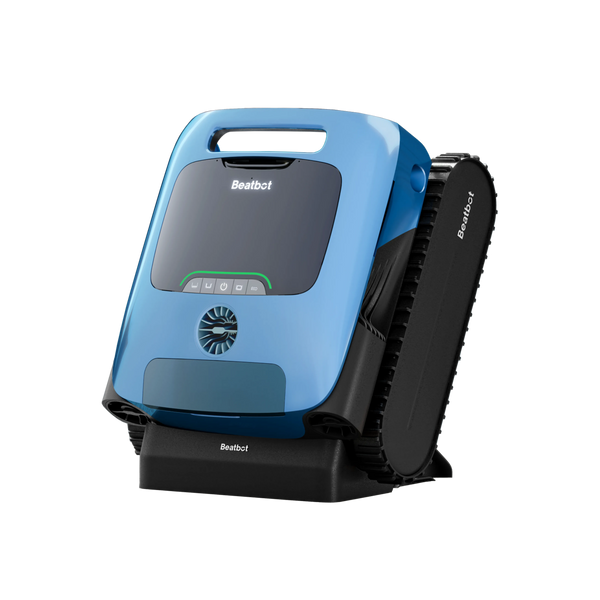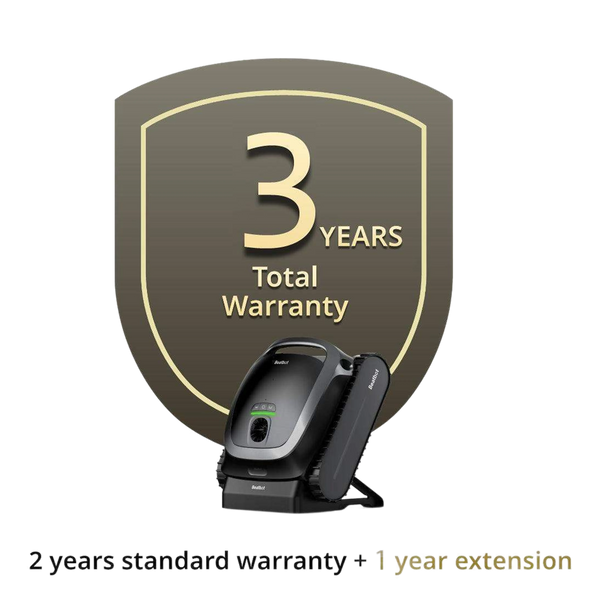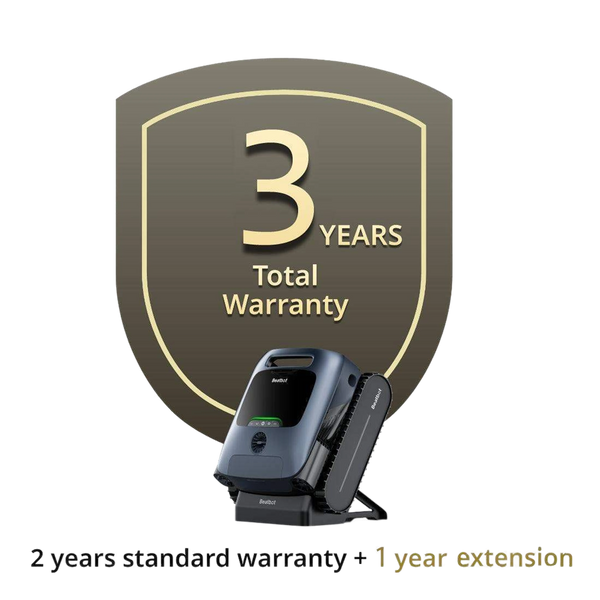Unlocking the Power of Variable-Speed Pool Pumps: A Pro’s Deep Dive
2025-03-27
I’m Nathanael Greene, a pool expert with over 15 years of designing, building, and fine-tuning pools across Tampa’s sun-drenched sprawl. I’ve swapped wheezing old pumps for sleek variable-speed models—like the one I installed last spring that turned a client’s energy bill from a beast to a breeze. I’m here to unpack why a variable-speed pool pump isn’t just a choice—it’s a game-changer. Here’s the full scoop, straight from my hands-on wins, on maximizing its perks.

Why Variable-Speed Pumps Shine
Your pool pump’s the heartbeat of filtration and circulation—skimp here, and you’re stuck with a sluggish system. I’ve seen folks grab the cheapest single-speed rig, only to groan at power costs later. Variable-speed pumps, though pricier upfront, deliver energy savings, quieter hums, and extra bells that pay off. I’ve swapped out clunkers for these champs and watched pools—and wallets—thrive.
Energy Efficiency: The Big Win
Variable-speed pumps rewrite the rules on power use—I’ve clocked them slashing bills by 70% compared to old units. They adjust RPMs to match demand, sipping electricity where single-speeds guzzle. But maxing this out takes strategy. An energy audit’s step one—I’ve pulled out my trusty meter to baseline a pool’s draw before a swap. Brands vary slightly; I cross-check Energy Star ratings to pick the stingiest. A client’s 30,000-gallon pool dropped from 800 watts to 200 at low speed—numbers don’t lie.
Pipe Size: The Flow Factor
Piping’s the unsung hero—I’ve seen undersized lines choke efficiency. A 1.5-inch pipe on a big pool I fixed once dragged the pump down; switching to 2-inch cut resistance and boosted flow. Use a flowmeter and RMS power meter—gallons per hour divided by watts tells the tale. I’ve measured pre- and post-swap: a 2-inch upgrade bumped efficiency 20% on a 40,000-gallon job. For anything under that, 2-inch is my minimum—trust me, it’s worth the re-plumb.
Programming Precision
Tuning’s where the magic happens—I’ve programmed pumps to hum at 1200 RPM overnight, slashing costs during off-peak hours. Check your utility’s peak times online; I’ve synced schedules to save clients hundreds yearly. Every pool’s unique—shallow spa? Low speed. Deep end with jets? Crank it up. I’ve tweaked settings post-install, asking owners about usage—weekend parties need a boost, quiet weeks less. Manufacturer guides are a start, but I’ve learned customizing beats cookie-cutter every time.
Boosting Flow with Smart Upgrades
Flow’s king—I’ve upgraded filters and jets to lighten a pump’s load. Swapping a crusty sand filter for a mega-cartridge cut backpressure 30% on a job last fall; water moved freer, pump worked less. High-flow jets—eyeballs or V-fittings—angled at 45 degrees churn water like a pro—I’ve seen filtration sharpen overnight. California’s Title 24 code’s my benchmark, even in Florida—oversized filters and smart jets make pumps sing.
Bonus Perks: Quiet and Clean
Beyond savings, these pumps whisper—I’ve stood by one at 1400 RPM and barely heard it over cicadas. Filtration’s tighter too; slow speeds trap finer grit. A client’s cloudy pool cleared in days after I dialed down the pace—less turbulence, better skim. Reliability’s up—fewer burnouts than the single-speeds I’ve hauled to the dump.
Beatbot’s Bonus Layer
Variable-speed pumps are a no-brainer—energy stingy, silent, and sharp. Beatbot’s latest robotic cleaner , launched at CES 2025, amps it up—5500 GPH suction and chitosan clarifier pair with low-speed flow to keep water pristine, stretching your pump’s efficiency further. I’ve seen it polish a pool mid-summer, proving tech and smart pumps are a killer combo.
